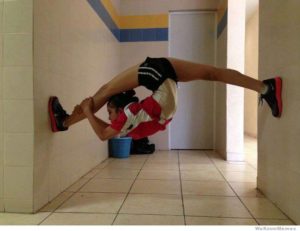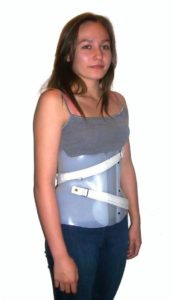Spine Flexibility and Part-Time Bracing

While number of hours a brace is worn is not the only factor that determines the success of bracing, studies on wear time show a direct correlation between number of hours the brace is worn and eventual outcome. An early study suggested effectiveness significantly drops off below 16 hours per day. A more recent study shows for full brace effectiveness a patient should average at least 21.5 hours/day. It is important to remember that scoliosis progression is directly related to growth and a child is growing 24/7. The only thing that is countering the scoliosis progression is the brace. Therefore any time spent out of the brace is time when the scoliosis is allowed to progress. Often children are told it is ok to take a break from the brace 1 day a month. However doing so reduces the average time spent wearing the brace by 1 hour/day. This might be ok for a child with a 25 degree curve who wears their brace 22 hours/day but would not be recommended for a child with a 40 degree curve who wears her brace 20 hours/day.

